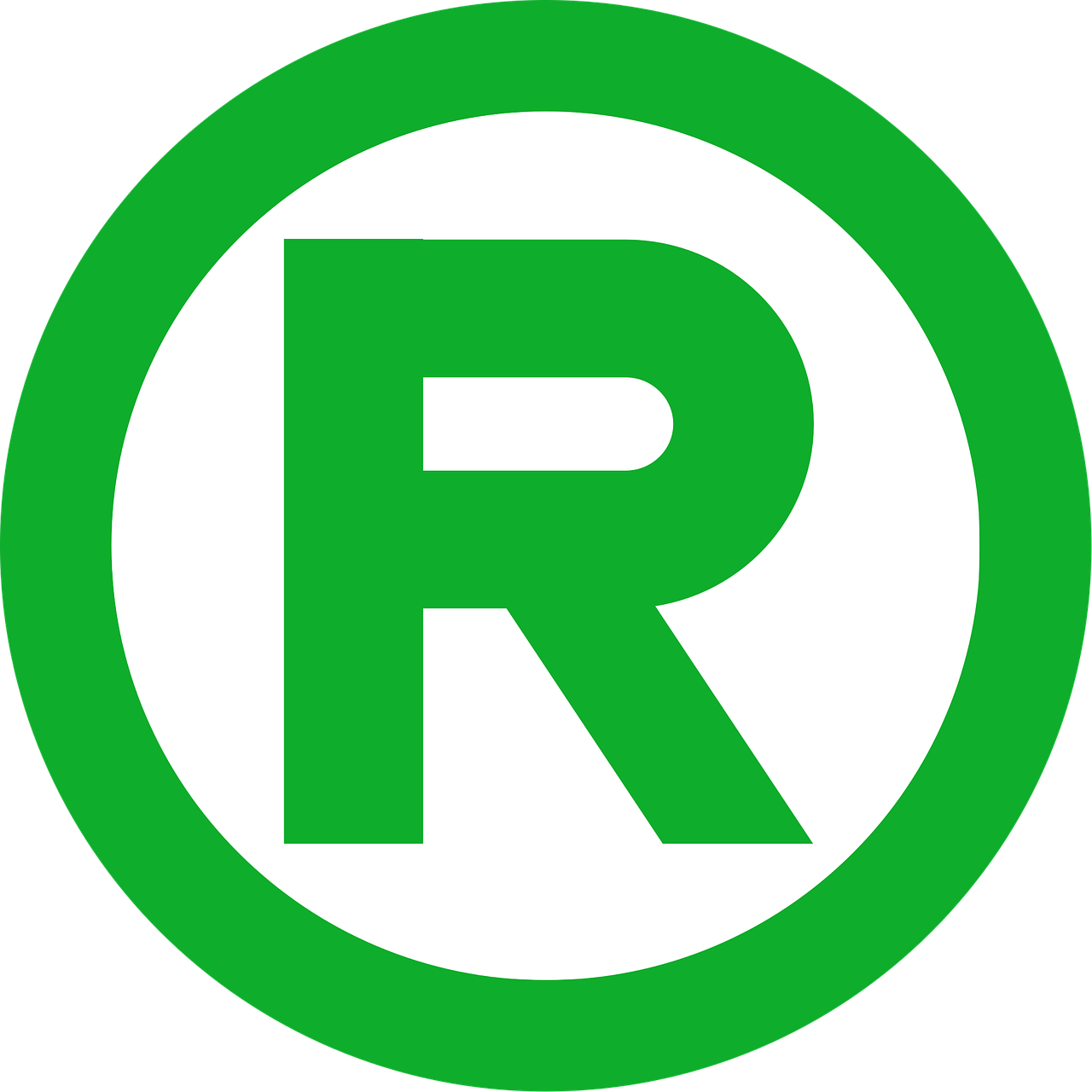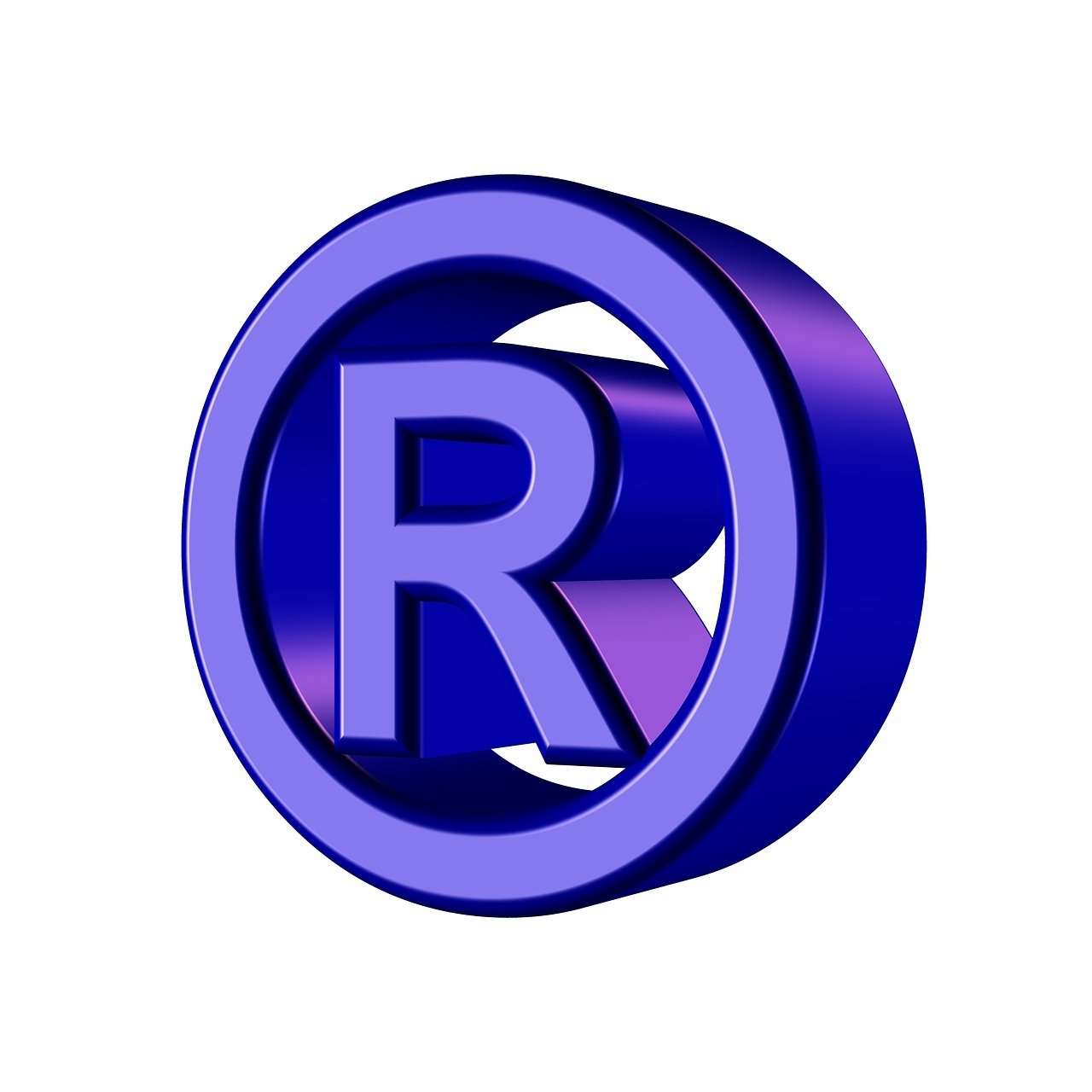In today’s competitive marketplace, business ideas are like fragile gems—brilliant but vulnerable. Protecting a business idea is not just about ownership; it’s about securing your unique edge amid growing threats from imitators and counterfeiters. Entrepreneurs, creators, and innovators often find themselves wondering how to shield their ideas from being copied or exploited without permission. The catch? Ideas alone cannot be protected by law; what you safeguard instead are the ways in which those ideas manifest—through inventions, branding elements, creative works, or confidential strategies. Legal instruments such as patents and trademarks serve as vital shields, with each catering to different facets of your business identity and innovation. As marketplaces expand globally and digital platforms multiply, understanding how to apply these protections is critical to sustaining your competitive advantage. This guide distills essential strategies, tools, and resources that enable you to effectively navigate the complexities of intellectual property protection in 2025 and beyond.
Understanding How Patents Shield Your Novel Inventions and Business Concepts
Patents form a cornerstone of intellectual property protection by granting exclusive rights to inventors for limited periods, typically 20 years, ensuring that innovations can be developed and monetized without fear of immediate imitation. A patent protects inventions that are novel, useful, and non-obvious—this may include new machinery, manufacturing processes, software technologies, or unique product designs. For instance, a startup developing a revolutionary eco-friendly packaging machine can secure a utility patent that prevents competitors from replicating the technology or its application in the food packaging industry.
Obtaining a patent involves a comprehensive application through offices like the United States Patent and Trademark Office or equivalent authorities such as IP Australia and the World Intellectual Property Organization (WIPO) for international filings. The process is rigorous and often expensive, requiring detailed disclosure of how the invention works. While startup budgets may be stretched by filing fees and legal counsel costs often exceeding $10,000, many innovators turn to online platforms like PatentBot and Patently to streamline patent applications and reduce perils of procedural errors. Early-stage companies may also consider provisional patents to secure an initial filing date while perfecting their invention or seeking investors.
However, it’s critical to recognize that not every idea is patentable. Simple concepts or abstract ideas don’t qualify unless they’re embodied in tangible, technical innovations that meet patent standards. Additionally, patent protection mandates public disclosure, which may seem counterintuitive but ultimately balances rights and public knowledge. This disclosure can fuel further innovation while preserving your exclusive commercial benefit.
Examples of Patent Applications in Business
- An app developer patents a unique algorithm that optimizes real-time data processing.
- A designer patents a novel ergonomic chair that reduces back strain.
- A biotech startup patents a new drug formulation with enhanced efficacy.
A well-managed patent portfolio can be a formidable asset, allowing businesses not only to safeguard ideas but also to license or sell technologies, generating revenues beyond immediate product sales. Engaging IP experts ensures your inventions are described accurately and claimed broadly enough to deter competitors effectively while complying with regulatory requirements.

Leveraging Trademarks to Protect Brand Identity and Consumer Trust
While patents protect inventions, trademarks are designed to protect the identity of your business and products in the marketplace. Trademarks encompass brand names, logos, taglines, product names, and even distinctive packaging that distinguish your offerings from competitors. By securing a trademark, businesses guard the reputation and recognition that they have painstakingly built over time.
For example, a tech startup called “EcoBytes” that offers a popular productivity app can trademark its name and logo to prevent other companies from launching similar-sounding apps like “EcoByte Solutions,” which might confuse consumers. Trademarks help cultivate brand loyalty and act as a quality guarantee for customers. The protection is potentially indefinite, as long as the trademark is in use and properly renewed.
Registering a trademark via authoritative platforms like Trademarkia, Trademark Engine, or legal services such as LegalZoom and LegalVision ensures exclusive rights and easier enforcement against infringement. Most importantly, entrepreneurs should conduct a trademark clearance search before branding to steer clear of costly disputes over prior claims. A comprehensive search across databases—including international registries—is a crucial investment to avoid trademark infringement issues later on.
It’s important to emphasize that trademarks do not protect the underlying product idea or technology; they protect the branding associated with it. Therefore, even if you trademark a product name, competitors may offer similar products under different names unless protected by patents or copyrights.
Trademark Protection Strategies
- Register your business name and logo with a national IP office.
- Monitor marketplace usage to identify potential unauthorized usages.
- Enforce rights through cease and desist letters or legal action when necessary.
- Renew trademarks regularly to maintain continuous protection.
Many businesses today employ brand protection software like Red Points to automate monitoring of online channels and marketplaces such as Amazon, Facebook, or Shopify, where trademark infringements frequently occur. Prompt takedown requests help minimize financial losses and brand dilution.
Utilizing Copyrights and Trade Secrets to Fortify Your Business Content and Confidential Information
Certain elements of a business idea are protectable under copyright law, which offers automatic protection for original works fixed in a tangible medium—such as software source code, marketing materials, written content, music, and visual designs. Copyright ensures exclusive control over the reproduction, distribution, and display of creative works. For example, a software developer’s original code or graphic designer’s work cannot be copied or redistributed without permission.
However, copyright protection does not extend to ideas, methods, or functional aspects of works. To enhance protection, registering copyrights via platforms like LegalZoom or official registration through the U.S. Copyright Office strengthens legal remedies, including the possibility to seek statutory damages in infringement cases.
On the other hand, sometimes the best defense is secrecy. Businesses often rely on trade secrets to protect proprietary formulas, business strategies, customer lists, and operational methods that provide a competitive advantage. Maintaining confidentiality through Non-Disclosure Agreements (NDAs) before sharing sensitive information is essential to retain trade secret protection.
Popular examples include the Coca-Cola recipe and custom algorithms used by companies to analyze customer behavior. While trade secrets can last indefinitely if kept confidential, once leaked or independently discovered, protection is lost. Many startups and established firms alike turn to legal assistance to draft enforceable NDAs and implement internal controls.
Key Practices to Protect Copyrights and Trade Secrets
- Copyright registration for original content and design.
- Use NDAs with partners, contractors, and employees.
- Implement security measures to safeguard confidential data.
- Regularly update and audit your IP portfolio for gaps.

How to Build and Manage an Intellectual Property Portfolio to Safeguard Your Business Ideas
Establishing a robust intellectual property portfolio is a proactive approach that combines trademarks, patents, copyrights, and trade secrets—all tailored to secure the multifaceted nature of your business ideas. This portfolio acts as a legal fortress that protects your inventions, branding, and critical information.
Key steps include detailed documentation and registration of all IP assets, regular monitoring for potential infringements, and enforcing your rights through legal means or digital platforms. In 2025, automated tools available through companies such as LegalVision and Trademark Engine can facilitate portfolio management by tracking renewal deadlines and flagging unauthorized use.
A comprehensive IP portfolio benefits small businesses and startups by enhancing their valuation in fundraising and mergers, reducing risks of costly litigation, and allowing monetization via licensing agreements. Moreover, a centralized record aids any enforcement actions by creating clear evidence of ownership and originality.
| Type of IP | What It Protects | Duration | Registration Needed? | Typical Uses |
|---|---|---|---|---|
| Patent | Inventions, machines, processes | 20 years (utility patents) | Yes | Protect new inventions, innovation licensing |
| Trademark | Brand names, logos, slogans | Indefinite (with renewals) | Recommended | Brand identity protection, marketing |
| Copyright | Original creative works | Life of the author + 70 years | Optional but beneficial | Written content, software code, art |
| Trade Secret | Confidential business information | Indefinite (if secret) | No | Recipes, formulas, customer lists |
Regular consultation with IP attorneys or services like Rocket Lawyer helps maintain compliance and adapt to evolving laws and business goals. Keeping your IP portfolio dynamic and well-guarded positions you well for long-term success and defense against infringement attempts.

Comparison of Intellectual Property (IP) Protections
| IP Type | Protection Scope | Registration Required | Duration |
|---|
Monitoring and Enforcing Your Intellectual Property Rights in a Digitally Connected World
Registration and documentation form the foundation of protection, but constant vigilance is required to prevent infringement. Scammers and competitors often misuse unprotected or insufficiently monitored IP to tap into your market value. Online platforms such as Amazon, eBay, Facebook, Instagram, and Shopify have become hotspots for counterfeit products and brand impersonation.
Businesses nowadays utilize brand protection software like Red Points to automate monitoring and takedown processes. This technology uses artificial intelligence to scan thousands of websites and social media accounts, identifying unauthorized use of trademarks or copyrighted materials in real-time. When infringements are detected, automated takedown notices are issued immediately, drastically reducing the time and cost needed to protect your rights.
If infringements escape automatic removal, a well-crafted cease and desist letter, backed by registration documentation, often persuades offenders to halt unauthorized activities. Entrepreneurs may also engage specialized IP attorneys who work with services like LegalVision or Trademarkia to pursue litigation if needed.
In addition to legal enforcement, educating your team and partners about the importance of IP protection, tracking new registrations by competitors, and regularly reviewing your IP protections ensure resilience against evolving threats. Monitoring also helps identify counterfeit operations early, preserving your brand’s reputation and revenues.
- Employ automated brand monitoring tools.
- File takedown requests promptly on infringing platforms.
- Send cease and desist communications when needed.
- Maintain ongoing IP audits and consultations.
Frequently Asked Questions About Protecting Business Ideas with Patents and Trademarks
What is the difference between a patent and a trademark?
A patent protects inventions such as new machines or processes for a limited time, typically 20 years. A trademark protects brand identifiers like names, logos, and slogans indefinitely, as long as they are actively used and renewed.
Can I patent a business idea directly?
No, ideas alone are not patentable. Patents protect specific inventions or technical processes that apply the idea. However, you can use NDAs and trade secrets to keep a business idea confidential.
Do I need to register my copyright to protect my work?
Copyright protection is automatic once the work is fixed in a tangible form, but registration strengthens your ability to enforce your rights and seek damages in court.
How long does trademark protection last?
Trademarks can last indefinitely, provided you renew the registration periodically and continue using the mark in commerce.
What should I do if someone copies my business idea or brand?
Monitor for infringement, issue cease and desist letters, file takedown requests on relevant platforms, and seek legal advice to enforce your rights effectively.


